Chaos Group has released another preview of Project Lavina showing some of the new features coming to its application for 100% ray tracing in real-time.
The video, originally shown at SIGGRAPH 2019, demonstrates several new features including a new real-time Chaos denoiser, multiple GPU support, animation support, enhanced camera controls and transitions, automatic collision and stair/ramp detection, material swapping, drag-and-drop IBL environments, LUT color profiles, scene merging, selection and transformation of objects, hide/unhide selections, and interactive depth of field.
Watch the video on YouTube (According to the description it was recorded using dual NVIDIA RTX 8000s). If you are interested in being an early tester you can sign up on Chaos Group’s website.

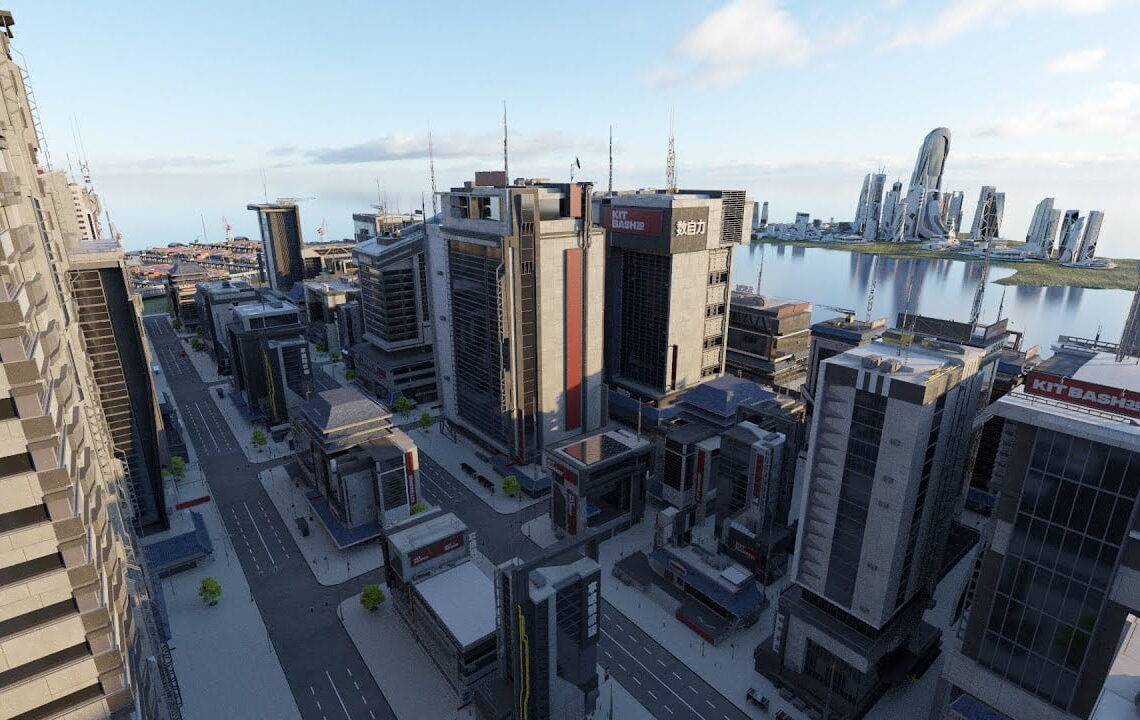
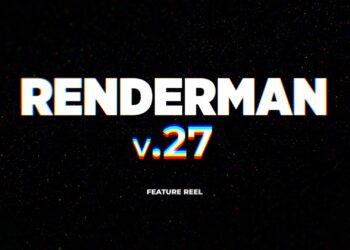
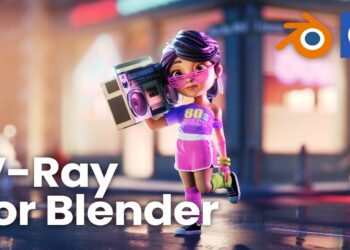
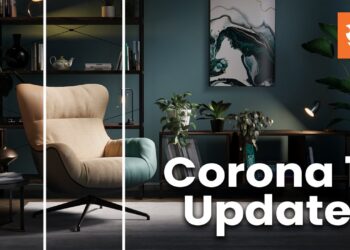


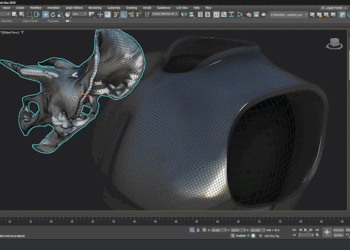

Dual RTX 8000’s for $11k. Or 2 RTX 2080 Ti’s, for ~$2200, but with less than 1/4 of the memory. Not sure if GPU and CPU use RAM the same way, but I easily use up 20GB of RAM in animation renderings currently when Forest Pack Pro, displacements, and atmospherics are in use. Does everything have to fit onto the GPU’s (and are they shared?), or does it use traditional RAM along with it?
VRay GPU -and most GPU renderers- use much much less Vram comparing to traditional CPU rendering Ram consumption … you need to optimize in some cases, but with the speed of development in hardware I’m pretty sure that would be from the past in the next few years .
Vray is one of few renderers that support Nvlink for sharing Vram – so you can get up to 22 GB with dual 2080 ti which is a lot..also VRay have its on demand mip mapping to use as less memory as possible for textures when you view it from far distance if needed .
Probably best to ask Chaos, but if i remember correctly for Redshift not everything goes GPU.
Look at this way, while a bit different not everything goes to GPU in an Unreal scene.
Looking at that shadow and reflection quality… (which is supposed to be one of ray tracing’s big advantages) It looks like they had to sacrifice a lot of it to get it running at acceptable frame rates.
But at this point, with this amount of lost detail and precision, I dont see any clear reason to not just rasterize it (for now).